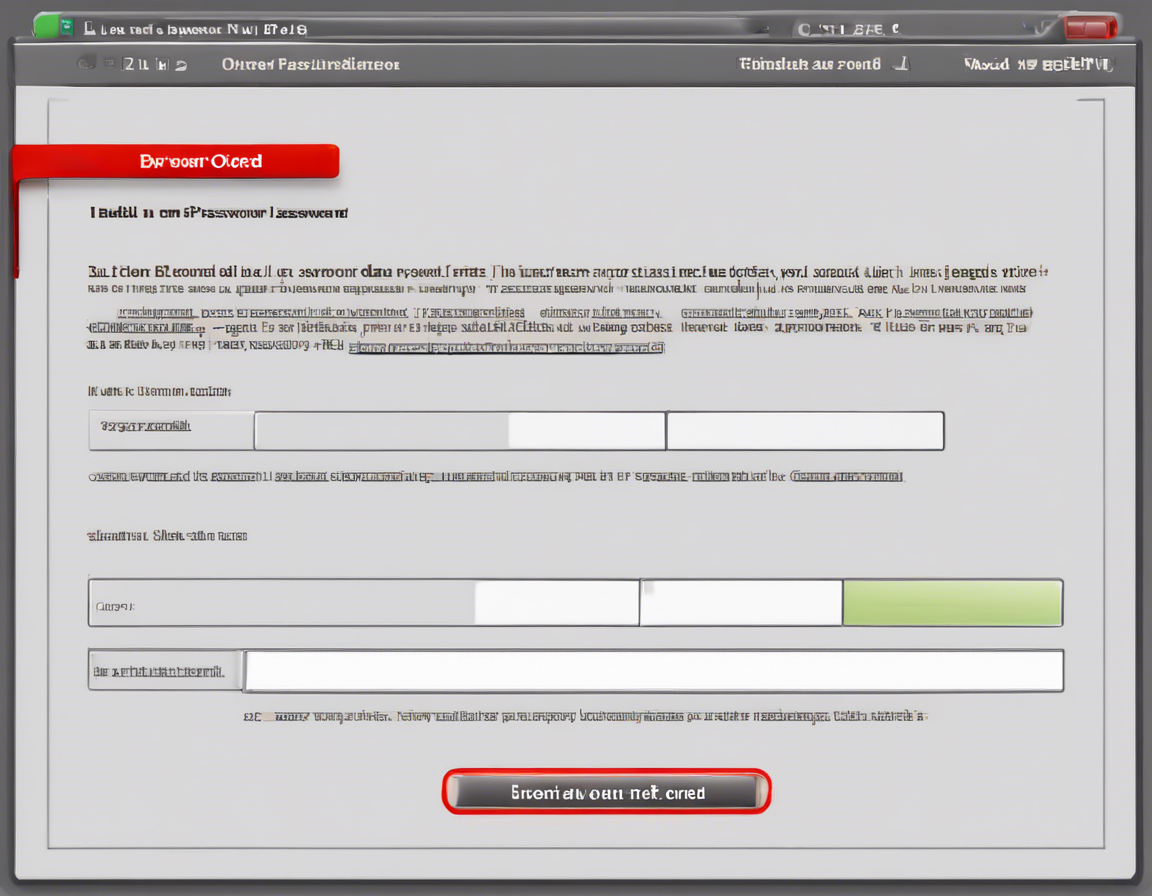In today’s digital age, where the exchange of confidential information is a routine part of our everyday lives, the need for secure methods of communication has become increasingly paramount. Whether you’re sharing sensitive data with a colleague, sending personal information to a friend, or conducting business transactions online, protecting the content of your messages from prying eyes is crucial. One way to achieve this is through the use of password-protected communication channels, more commonly known as Intimation Orders.
What are Intimation Orders?
Intimation Orders are secure communication protocols that require a password or passphrase to access the content of a message. They serve as a virtual lock that prevents unauthorized individuals from reading or intercepting the information being shared. Intimation Orders can be used for various purposes, including sending confidential documents, sharing sensitive data, or simply adding an extra layer of security to your communications.
Why Use Password Protocols?
The use of password protocols offers several key benefits when it comes to safeguarding your information:
-
Confidentiality: By encrypting your messages with a password, you can ensure that only the intended recipient can access and decrypt the content.
-
Authentication: Password protection helps verify the identity of the parties involved in the communication, reducing the risk of impersonation or fraud.
-
Data Integrity: Password protocols help maintain the integrity of the information being shared, as any unauthorized tampering will be immediately evident.
-
Compliance: For businesses, using password-protected communication methods can help meet regulatory requirements regarding data protection and privacy.
Types of Password Protocols
There are several types of password protocols that can be used to secure your communications. Some of the most common ones include:
1. Symmetric Encryption:
In symmetric encryption, the same key is used to encrypt and decrypt the message. This key needs to be shared between the sender and the recipient in a secure manner.
2. Asymmetric Encryption:
Asymmetric encryption, also known as public-key encryption, uses a pair of keys – public and private. The public key is used for encryption, while the private key is used for decryption. This method eliminates the need to share a secret key between parties.
3. One-time Passwords (OTPs):
One-time passwords are single-use passwords that are valid for only one login session or transaction. They provide an extra layer of security as they are typically generated randomly and expire after use.
Best Practices for Password Protection
When implementing password protocols for your communications, it’s essential to follow best practices to ensure maximum security:
-
Use Strong Passwords: Create passwords that are at least 12 characters long and include a mix of letters, numbers, and special characters.
-
Change Passwords Regularly: To mitigate the risk of unauthorized access, update your passwords periodically.
-
Avoid Sharing Passwords: Never share your passwords with anyone, even trusted individuals.
-
Use Two-Factor Authentication: Implement two-factor authentication for an added layer of security when accessing password-protected information.
-
Encrypt Sensitive Data: Encrypt any sensitive information before transmitting it over password-protected channels to prevent unauthorized access.
Frequently Asked Questions (FAQs)
1. How do I create a strong password?
To create a strong password, use a combination of uppercase and lowercase letters, numbers, and special characters. Avoid using easily guessable information like birthdays or names.
2. Are password managers safe to use?
Password managers can be a secure way to store and manage your passwords. However, it’s crucial to choose a reputable password manager and secure it with a strong master password.
3. Can I use the same password for multiple accounts?
It’s not recommended to use the same password for multiple accounts, as it increases the risk of a security breach. Use unique passwords for each account or consider using a password manager.
4. What is the difference between encryption and password protection?
Encryption is the process of converting information into a code to prevent unauthorized access. Password protection is a method of securing access to information through the use of a password or passphrase.
5. How often should I change my passwords?
It’s recommended to change your passwords regularly, ideally every 3-6 months, especially for accounts that contain sensitive information.
In conclusion, password protocols such as Intimation Orders play a vital role in maintaining the confidentiality and security of your communications. By following best practices and utilizing secure encryption methods, you can ensure that your sensitive information remains protected from unauthorized access. Remember to stay vigilant, keep your passwords secure, and adopt a proactive approach to safeguarding your data in an increasingly digital world.

